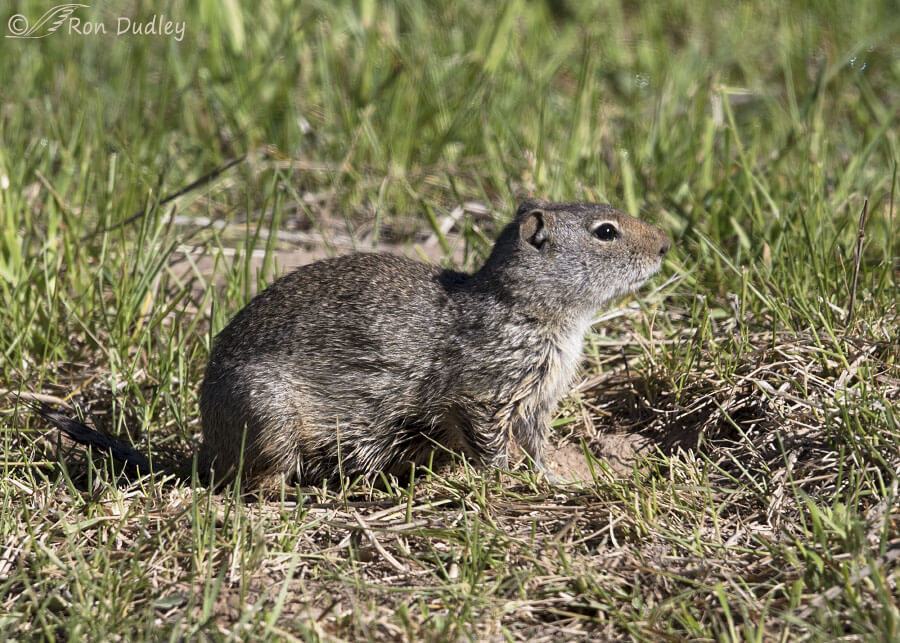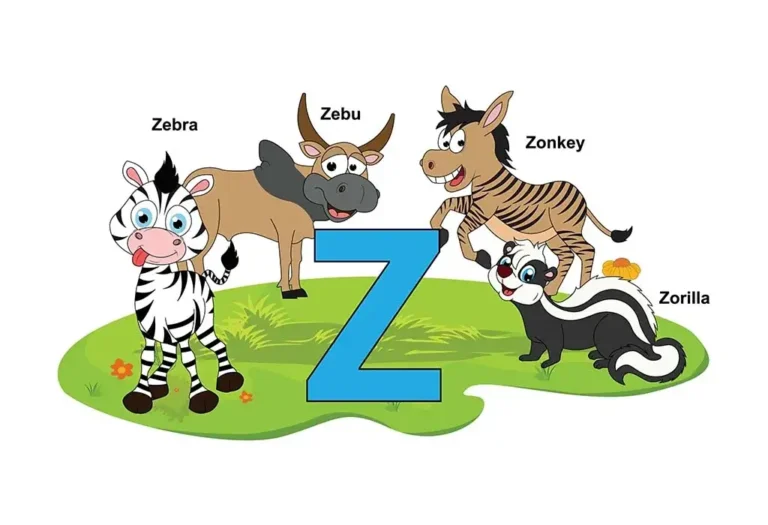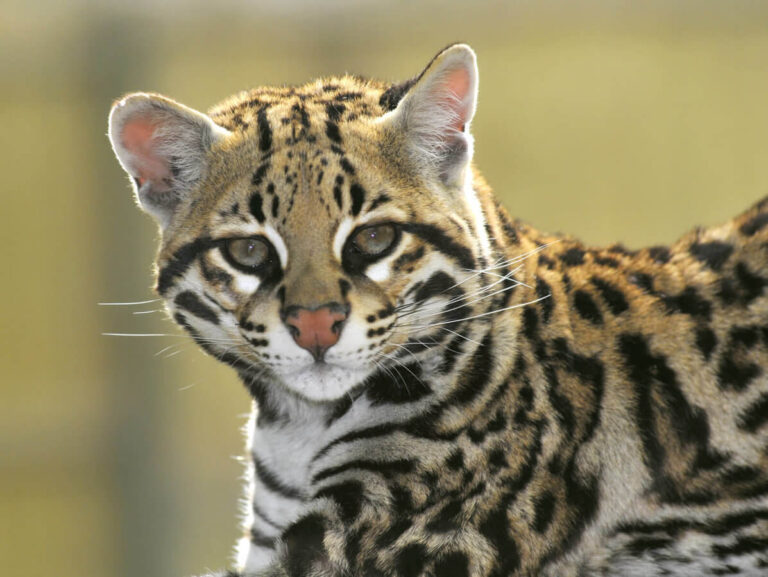Uinta Ground Squirrel: An In-Depth Exploration
The Uinta ground squirrel (Urocitellus armatus) is a small rodent species native to parts of the western United States. Known for its burrowing behavior and hibernation patterns, the Uinta ground squirrel plays a significant role in its ecosystem. This article will delve into the species’ scientific classification, physical characteristics, habitat, behavior, diet, reproduction, predators, conservation status, and relationship with humans. We will also touch on interesting facts and its evolutionary history.
Contents
Scientific Classification
- Kingdom: Animalia
- Phylum: Chordata
- Class: Mammalia
- Order: Rodentia
- Family: Sciuridae
- Genus: Urocitellus
- Species: Urocitellus armatus
The Uinta ground squirrel belongs to the Sciuridae family, which includes squirrels, chipmunks, and marmots. It is closely related to other ground squirrel species within the Urocitellus genus.
Physical Characteristics

The Uinta ground squirrel is relatively small compared to other members of its family. Here are some key physical traits:
- Size: Adults typically measure 11 to 12 inches (28 to 30 cm) in length, including the tail.
- Weight: They weigh around 7 to 9 ounces (200 to 250 grams).
- Fur: Their fur is predominantly gray-brown, with lighter underparts and faint stripes on their backs, providing camouflage in their natural habitats.
- Tail: The tail is short, bushy, and darker in color than the rest of the body.
These features allow Uinta ground squirrels to blend into their surroundings, helping them avoid predators and adapt to their environment.
Habitat
Uinta ground squirrels are found primarily in the western United States, particularly in:
- States: Wyoming, Utah, Montana, Idaho, and Colorado.
- Elevation: They prefer high-altitude regions, living in mountainous meadows and grasslands between 5,000 and 10,000 feet (1,500 to 3,000 meters).
- Burrows: These squirrels are expert burrowers, creating complex underground tunnel systems where they sleep, store food, and raise their young.
Their burrows can reach depths of up to 3 feet and extend several feet horizontally. The burrow entrances are often hidden among rocks or vegetation, adding a layer of protection.
Behavior

Social Structure
Uinta ground squirrels are social animals, often living in colonies where they share communal burrows and engage in cooperative behavior. However, they can be territorial, especially during the breeding season.
Hibernation
One of their most notable behaviors is hibernation. Uinta ground squirrels hibernate most of the year, typically from late August to March. During this time, they rely on stored body fat to survive, as they do not wake up to eat or drink.
Diurnal Activity
When not in hibernation, they are diurnal, meaning they are active during the day. They spend much of their waking hours foraging for food and maintaining their burrows.
Diet
Uinta ground squirrels are omnivorous, with a diet that changes seasonally:
- Spring and Early Summer: They feed primarily on green vegetation like grasses, leaves, and flowers.
- Late Summer: As the vegetation dries out, they switch to seeds, grains, and occasionally insects.
These squirrels have cheek pouches they use to carry food to their caves, where they store it for later consumption.
Reproduction
- Breeding Season: Uinta ground squirrels breed once a year, immediately after emerging from hibernation in the spring.
- Gestation Period: The gestation period lasts about 23 to 25 days.
- Litter Size: Females typically give birth to 6 to 8 pups born blind and hairless.
- Weaning: The young are weaned and ready to leave the burrow within 6 weeks.
Juvenile mortality is high, with only a small percentage of pups surviving to adulthood due to predation and environmental factors.
Predators
Uinta ground squirrels face a wide range of predators, including:
- Birds of Prey: Hawks, eagles, and owls are common threats.
- Mammals: Coyotes, foxes, and badgers hunt these squirrels.
- Reptiles: Snakes, particularly bull snakes and rattlesnakes, are known to enter caves for food.
Uinta ground squirrels rely on their keen sense of sight and hearing to evade these predators. They often use high-pitched warning calls to alert others in the colony of approaching danger.
Conservation Status
The Uinta ground squirrel is classified as a species of Least Concern by the International Union for Conservation of Nature (IUCN). Despite this, their populations can fluctuate due to habitat loss, primarily from agricultural development and land-use changes.
- Threats: Habitat fragmentation and agricultural activities can reduce their food supply and burrowing opportunities.
- Conservation Efforts: While no major conservation programs are currently in place, preserving their natural habitats remains crucial for long-term survival.
Interesting Facts
- Hibernation Experts: Uinta ground squirrels spend nearly two-thirds of their life in hibernation, one of the longest hibernation periods among rodents.
- Cheek Pouches: Like many ground squirrels, they have specialized cheek pouches that allow them to transport large amounts of food to their burrows.
- Alarm Calls: Their high-pitched alarm calls communicate with colony members, especially in the face of a predator.
Evolutionary History
The Uinta ground squirrel is part of the broader family Sciuridae, which includes more than 200 species of ground squirrels, tree squirrels, and flying squirrels. Fossil records suggest ground squirrels evolved around 36 million years ago, adapting to various habitats across North America. The Uinta ground squirrel’s specialized burrowing and hibernation behaviors likely evolved as survival mechanisms to cope with harsh environmental conditions.
Relationship with Humans
While Uinta ground squirrels are generally not a direct threat to humans, they can sometimes be considered pests by farmers and ranchers, as their burrowing can damage crops and irrigation systems. In some regions, they are subject to pest control measures. However, they also play an important ecological role by aerating the soil and providing food for predators, which helps maintain a balanced ecosystem.
In some areas, they are viewed as a part of the natural landscape and even appreciated by hikers and wildlife enthusiasts for their active and social behavior during the summer months.
Conclusion
The Uinta ground squirrel is a fascinating species with unique adaptations, from its extended hibernation to its complex social behavior. While it faces habitat loss and predation challenges, its population remains stable, and it continues to be a vital component of its ecosystem. By understanding and appreciating the role of these small mammals, we can contribute to their conservation and ensure their habitats remain intact for future generations.
- Are Rottweilers Good With Kids? Reasons & Training Tips - 17 September 2025
- How Long Are Dogs Pregnant: Complete Guide - 16 September 2025
- German Shepherd Doberman Mix: Info, Pictures, Care & More - 11 September 2025







